The Yawarakai-Te Masamune (柔らかい手正宗), also known as “Tender Hands” or “The Soft Way”, is a legendary katana forged by Goro Nyudo Masamune in 1326.
The blade of the sword is said to be impossibly sharp and possess an almost luminescent blue tinge to the steel, due to the steel composition, part of which was from an extra-planar source (a meteor). The blade itself exhibits an almost perfect distribution of “nie” (錵, martensitic crystals embedded in pearlite matrix, resembling stars in the night sky). It is strongly characterized by striking chikei (dark lines following the grain pattern in the steel above the hamon), kinsuji (lightning shaped lines of nie) and nie (crystals of martensite embedded in a pearlite matrix). There are elemental configurations within the metal that defy identification which, along with the techniques Masamune developed for sword-craft, are thought to contribute to the unparalleled sharpness of the edge.

The overall theme of the katana is a Matsu (pine), specifically the pinus thunbergii, also called black pine. In Japan, the pine tree, or matsu, represents longevity, virtues and youth, along with masculinity and power.
The word matsu means “waiting for the soul of a god to descend from Heaven”. In ancient Shinto beliefs, gods were said to have ascends to Heaven on a pine tree, where they not reside on a beautiful volcanic mountain or old trees. Pine trees are also associated with the New Year in Japan. So much so that many Japanese hand a bundle of pine twigs and bamboo trunks known as a Kado matsu (“Gate pine” in English) on their doors to receive a blessing from the gods. Pines are also used to mark the boundaries of the sacred ground of temples and shrines. Prior to the Edo period, pine trees were popular with samurai and nobility, and were commonly used as decorations of clothing, armory and sword fittings.
The Legend of Yawarakai-Te
According to legend, there was a test where Muramasa challenged his master, Masamune, to see who could make a finer sword. They both worked tirelessly and eventually, when both swords were finished, they decided to test the results.

The contest was for each to suspend the blades in a small creek with the cutting edge facing against the current.
Muramasa’s sword, the Juuchi Yosamu (十千夜寒, “10,000 Cold Nights”) cut everything that passed its way; fish, leaves floating down the river, the very air which blew on it.
Highly impressed with his pupil’s work, Masamune lowered his sword, the Yawarakai-Te (柔らかい手, “Tender Hands”), into the current and waited patiently. Only leaves were cut. However, the fish swam right up to it, and the air hissed as it gently blew by the blade.
After a while, Muramasa began to scoff at his master for his apparent lack of skill in the making of his sword. Smiling to himself, Masamune pulled up his sword, dried it, and sheathed it. All the while, Muramasa was heckling him for his sword’s inability to cut anything.
A monk, who had been watching the whole ordeal, walked over and bowed low to the two sword masters. He then began to explain what he had seen.
“The first of the swords was by all accounts a fine sword, however it is a blood thirsty, evil blade, as it does not discriminate as to who or what it will cut. It may just as well be cutting down butterflies as severing heads. The second was by far the finer of the two, as it does not needlessly cut that which is innocent and undeserving.”
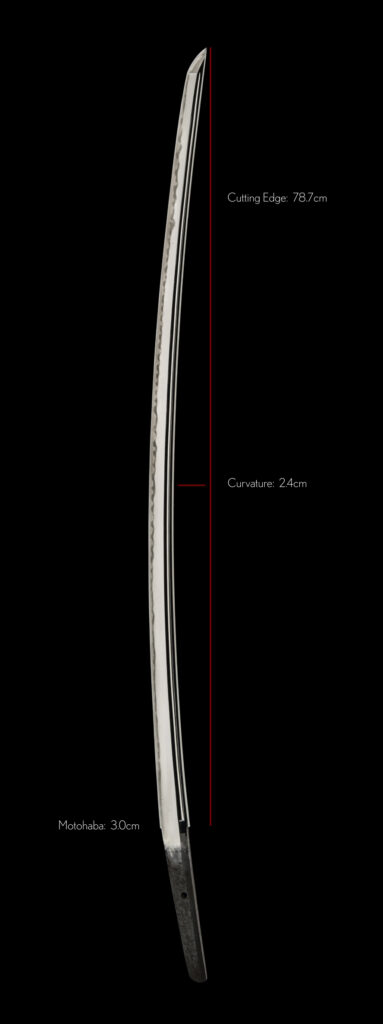


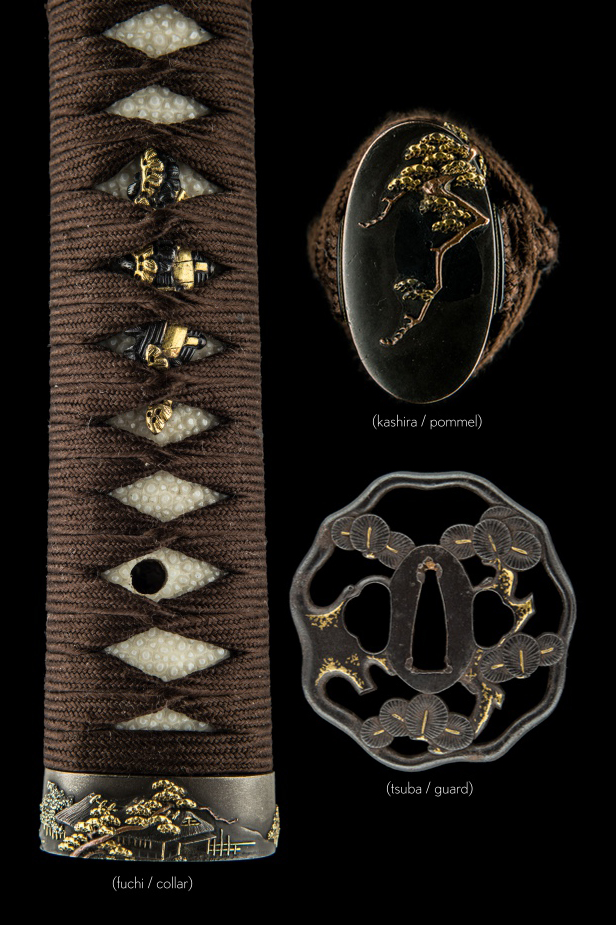
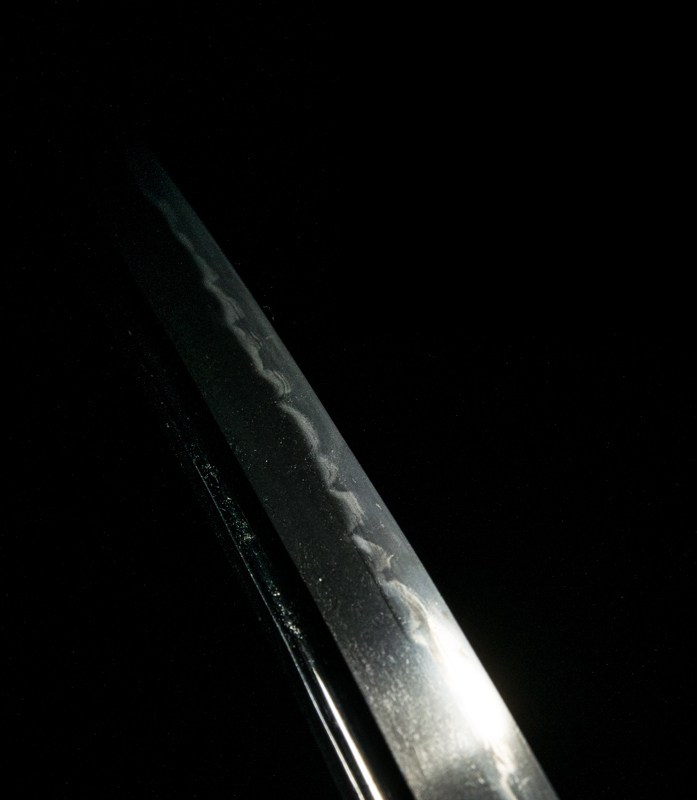
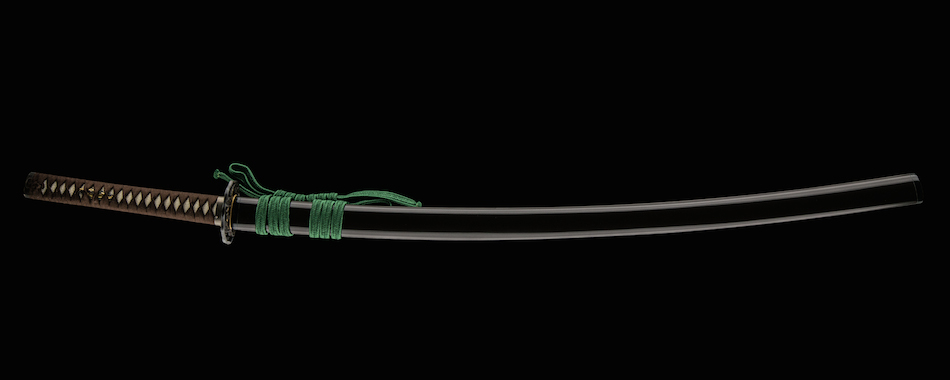
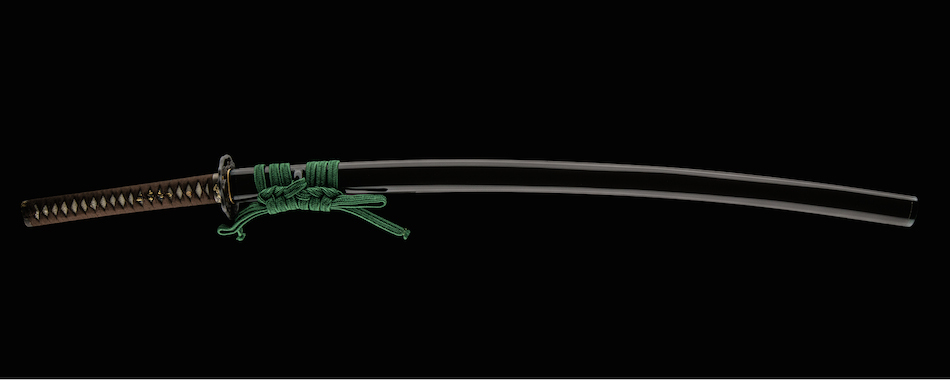
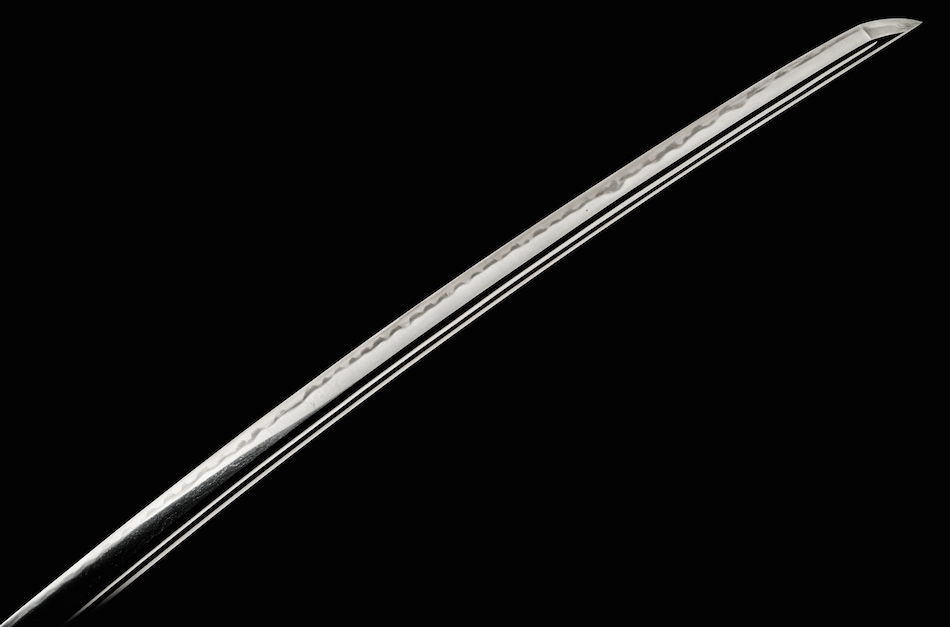
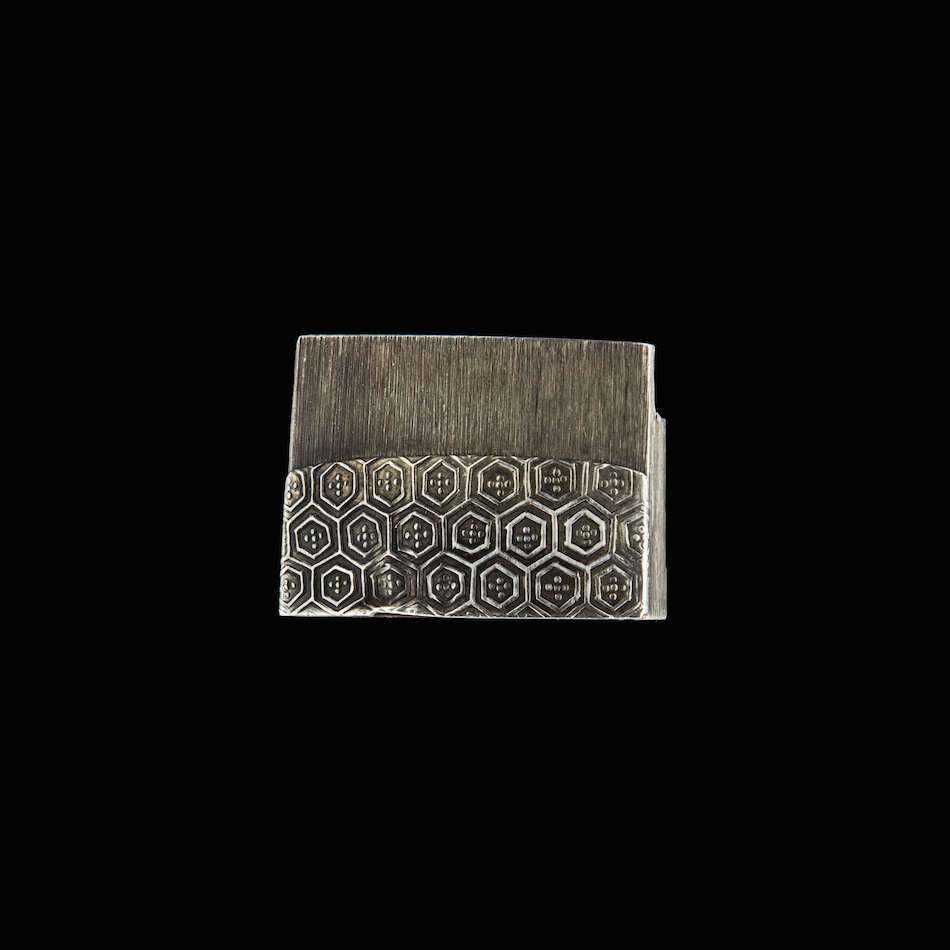

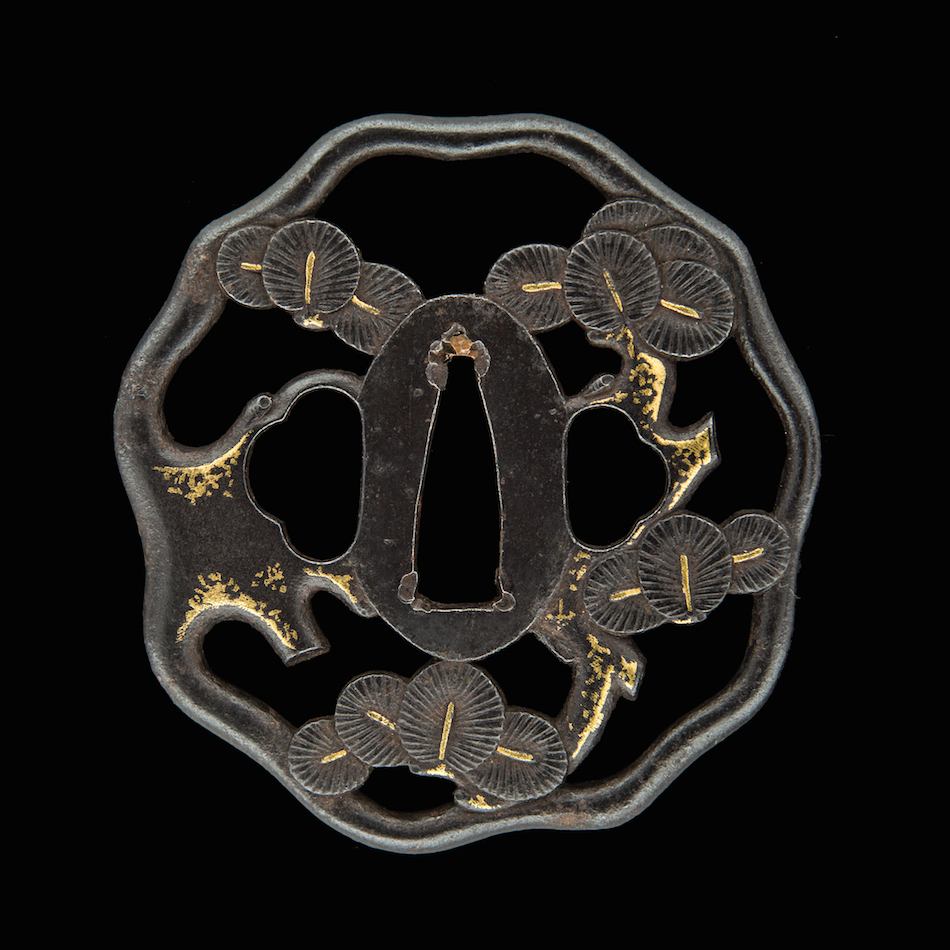
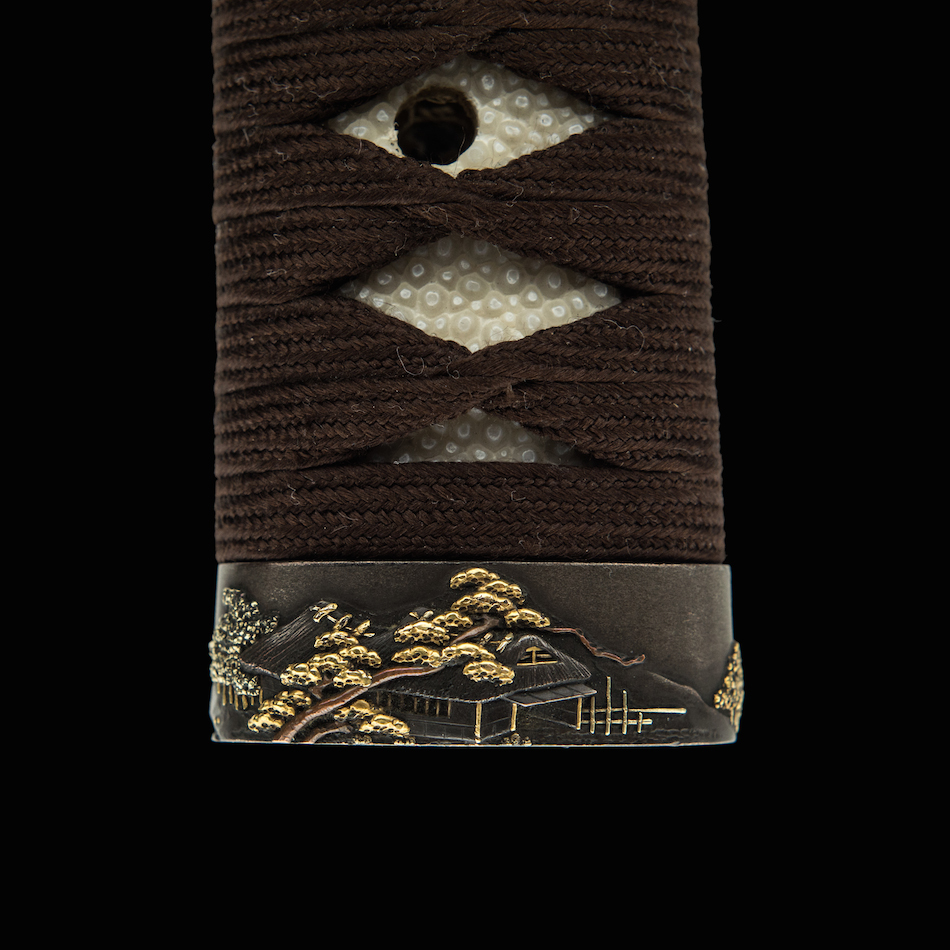
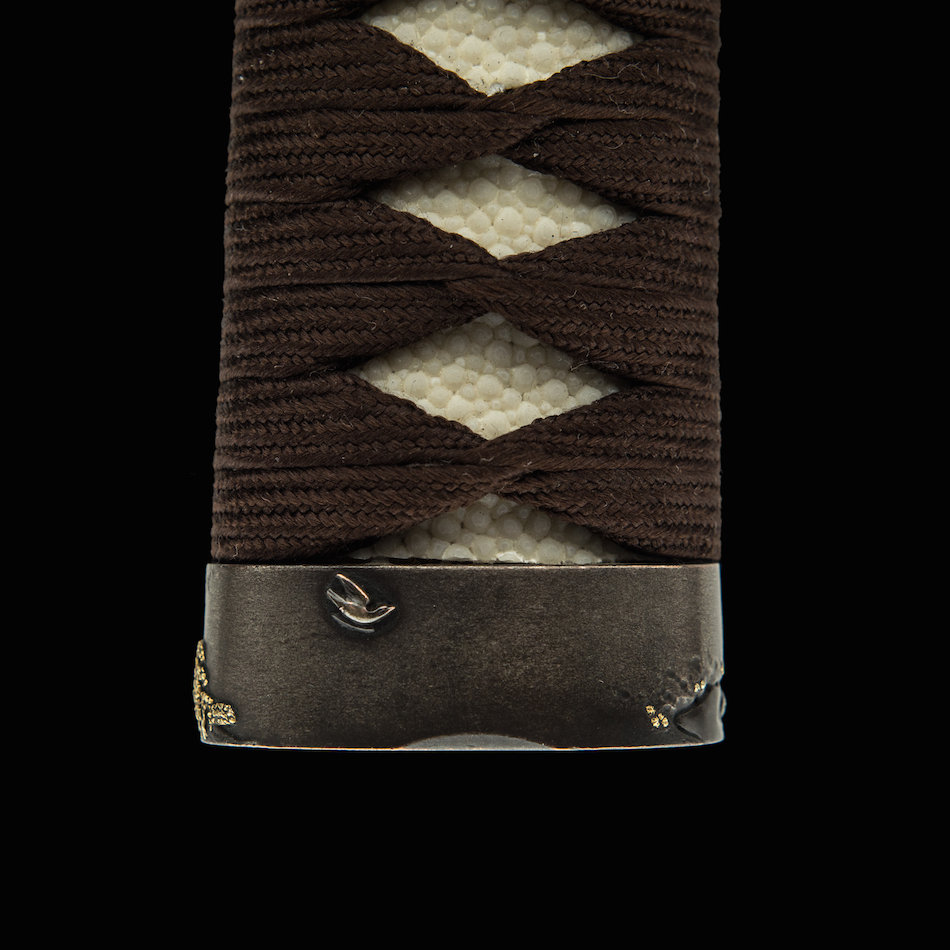
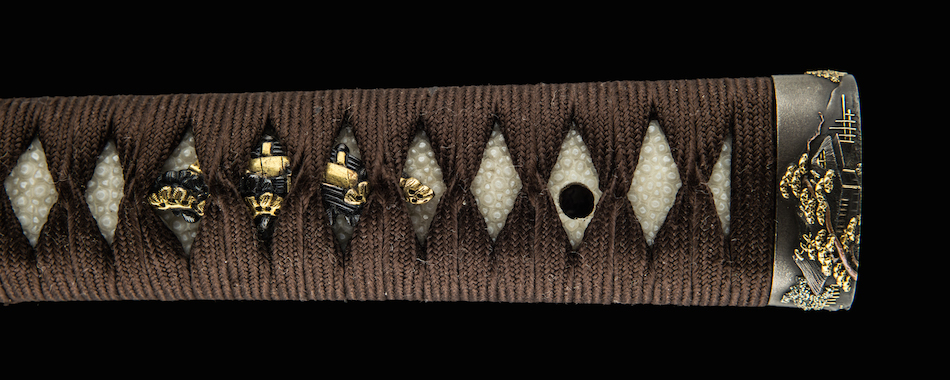
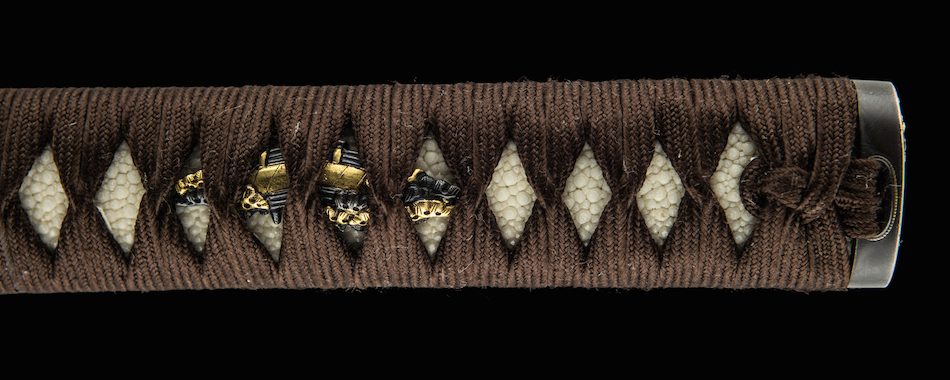
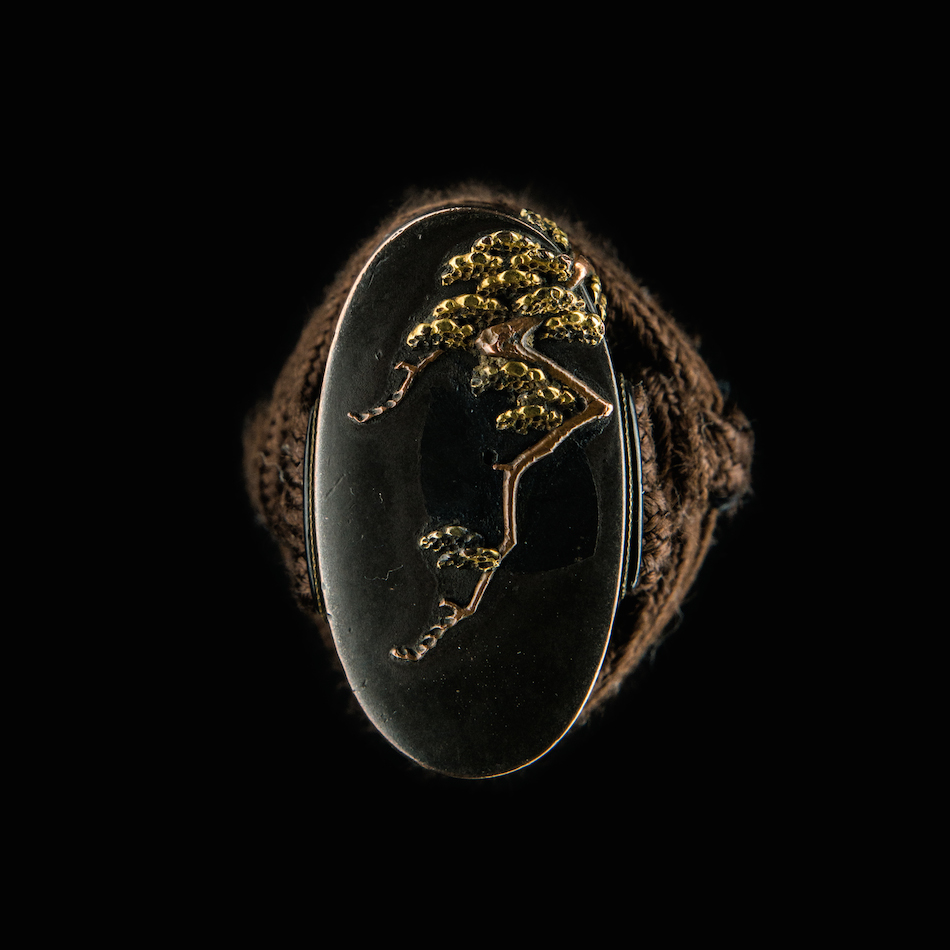
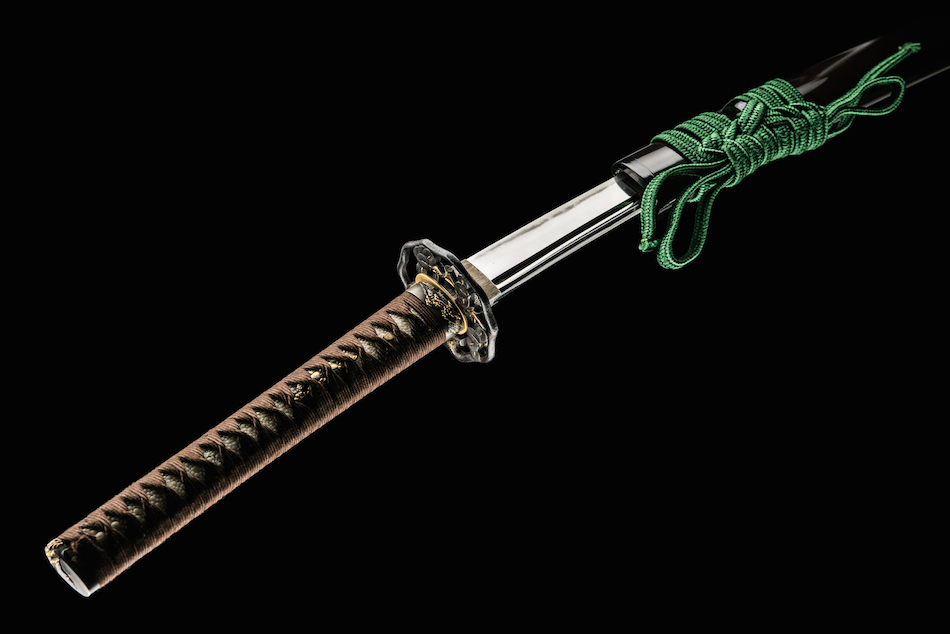
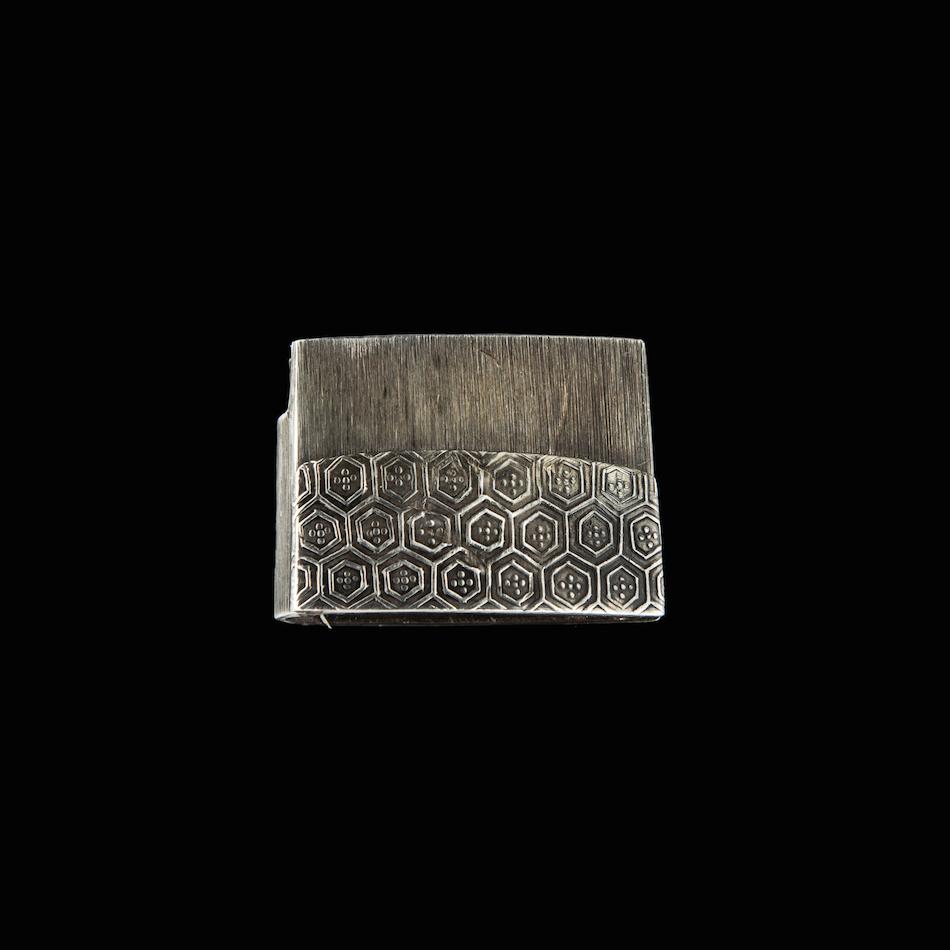
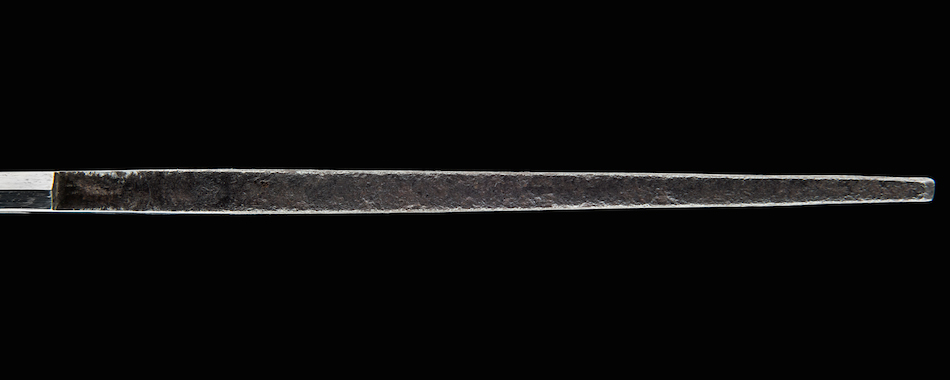
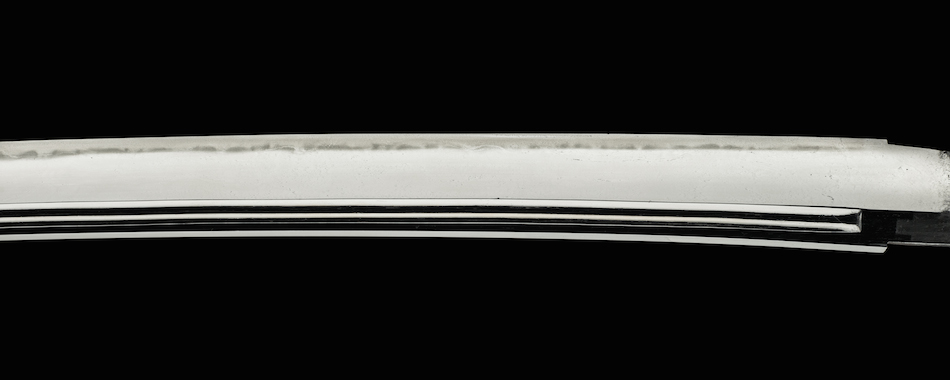
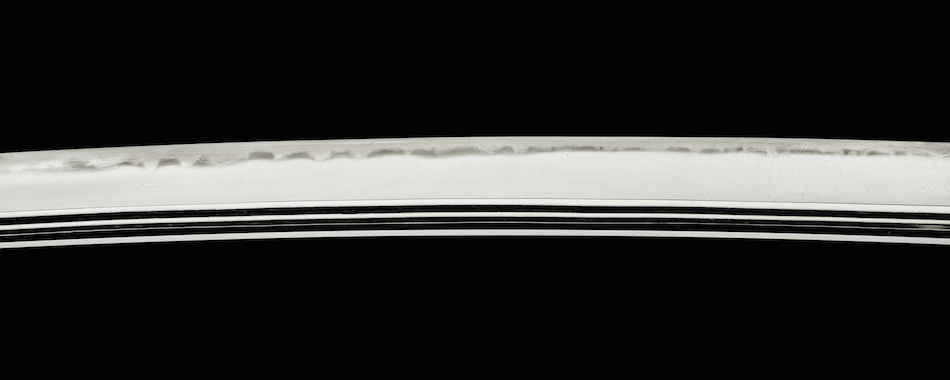
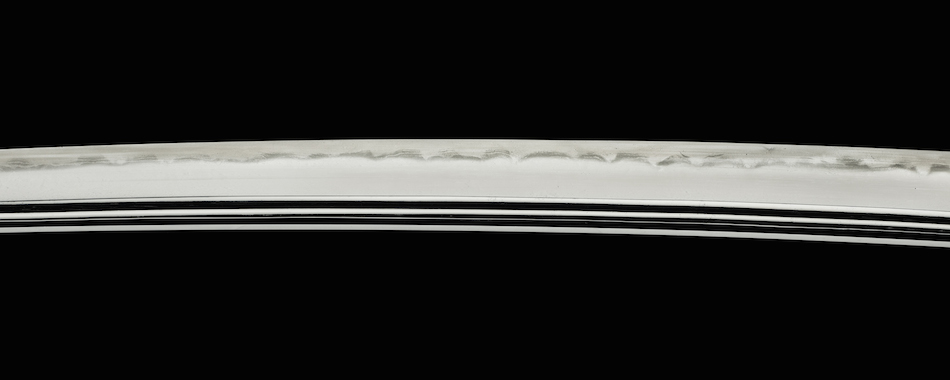
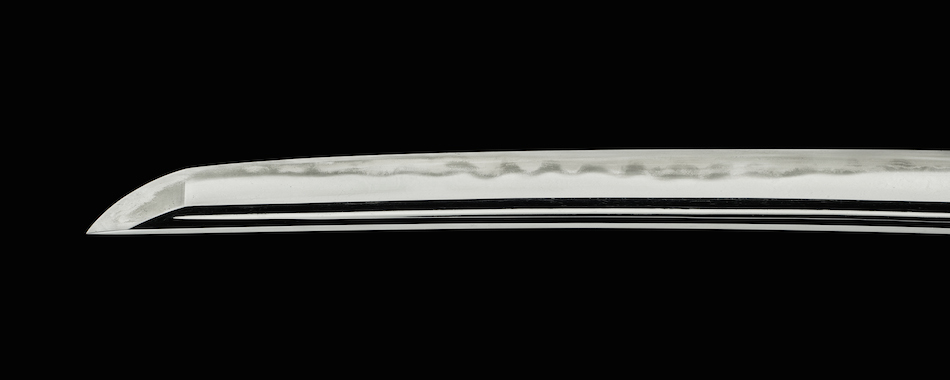
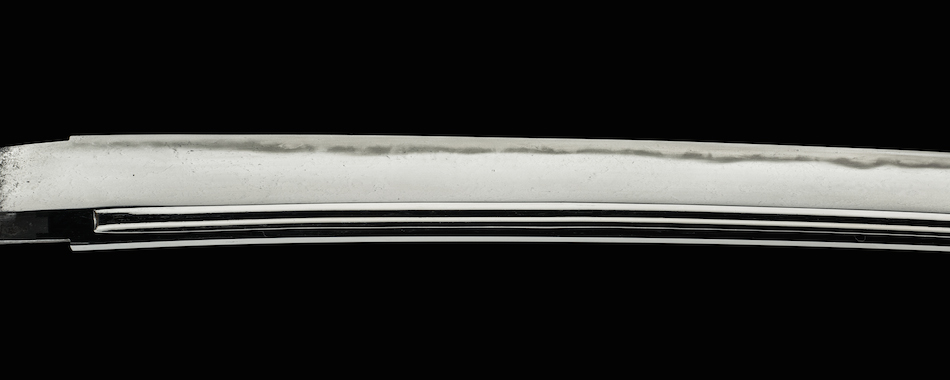
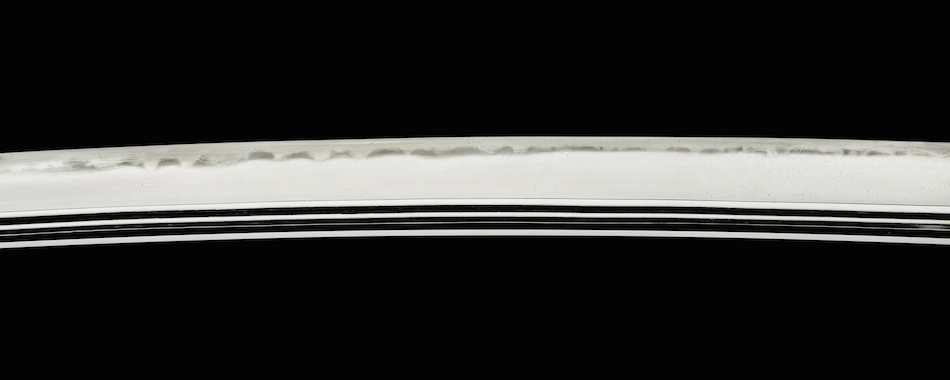
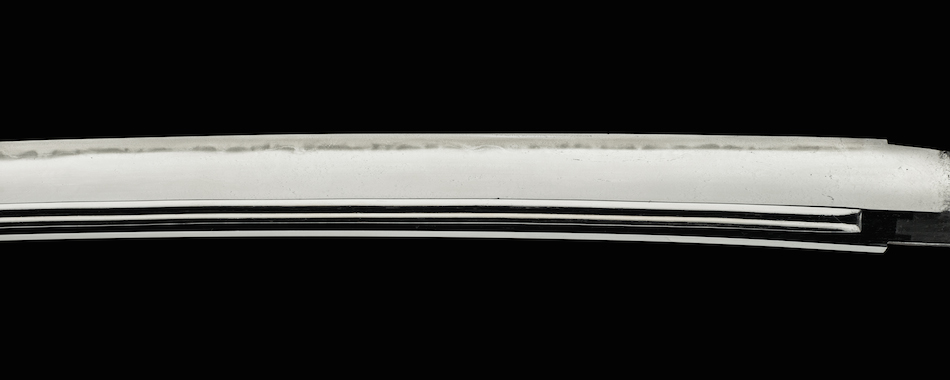
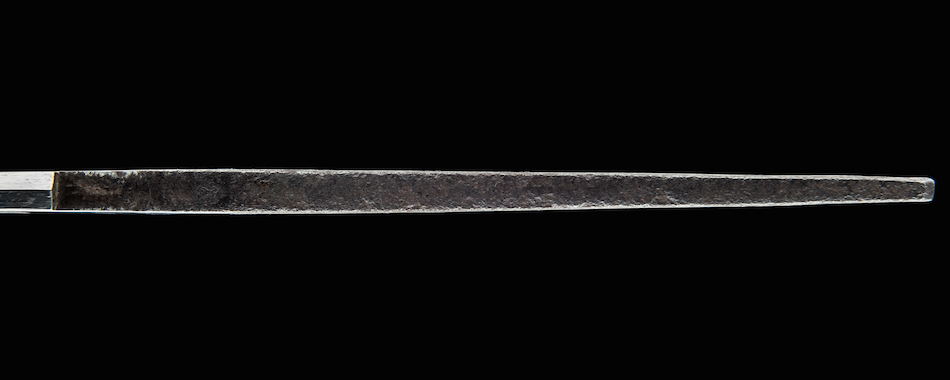
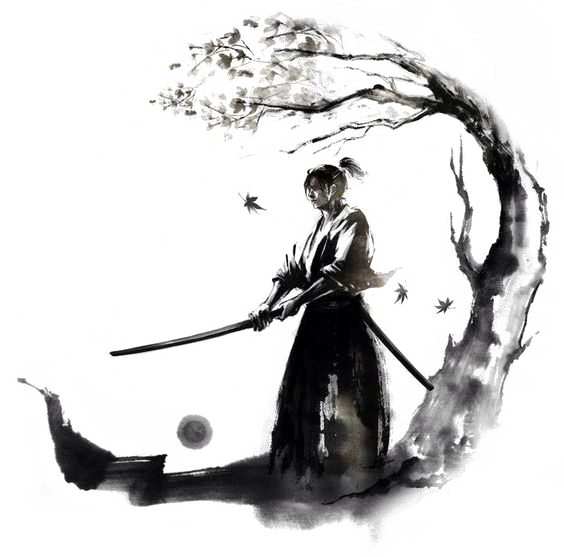
Ownership
Over the centuries, many have possessed the legendary sword.
- 1326 to 1516 – Unknown
- Tsukahara Bokuden – 1516 to 1538 (Japanese) (Known)
- Kamiizumi Nobutsuna – 1538 to 1564 (Japanese) (Known)
- Marume Nagayoshi – 1564 to 1571 (Japanese) (Known)
- Oda Nobunaga – 1571 to 1580 (Japanese) (Suspected)
- Yasuke – 1580 to 1582 (Suspected)
- Akechi Mitsuhide – 1582 (Japanese) (Suspected)
- Nakamura Chōbei – 1582 to 1589 (Japanese) (Bandit Warrior) (Known)
- 1589 to 1606 – Unknown
- Sasaki Kojirō – 1606 to 1612 (Japanese) (Obscure Legend)
- Miyamoto Musashi – 1612 to 1639 (Japanese) (Obscure Legend)
- Miyamoto Iori – 1639 to 1652 (Japanese) (Suspected)
- 1652 to 1690 – Unknown
- Allard van der Berg – 1690 to 1707 (Dutch, bodyguard of Engelbert Kaempfer) (Known)
- Donald McBane – 1707 to 1730 (Scottish) (Known)
- Captain John Godfrey 1730 to 1756 (English) (Suspected)
- 1756 to 1772 – Unknown
- André Masséna – 1772 to 1795 (French) (Known)
- Napoleon Bonaparte – 1795 to 1800 (French) (Obscure Legend)
- 1800 to 1807 – Unknown
- Giuseppe Rosaroll – 1807 to 1825 (Italian) (Obscure Legend)
- 1825 to 1879 – Unknown
- Lozen – 1879 to 1885 (warrior and prophet of the Chihenne Chiricahua Apache) (Obscure Legend)
- 1885 to 1917 – Unknown
- Thanh Le Hùng (Tomas Thanh) – 1917 to 1948 (Vietnamese); passed the sword on to his daughter in 1948. Born: 1886; Died: 1958 (72) (Known)
- Thanh Ba Linh (Lynne Thanh) – 1948 to 1970 (Vietnamese); passed the sword on to Dan in 1970 in Vietnam. Born 1910; died: 1970 (60) (Known)
- Dan Pratt – 1970 to Present (American); trained with Tomas Thanh from 1948 to 1958, and then with Lynne Thanh from 1958 to 1962 (Known)
Yawarakai-Te Masamune
(柔らかい手正宗)
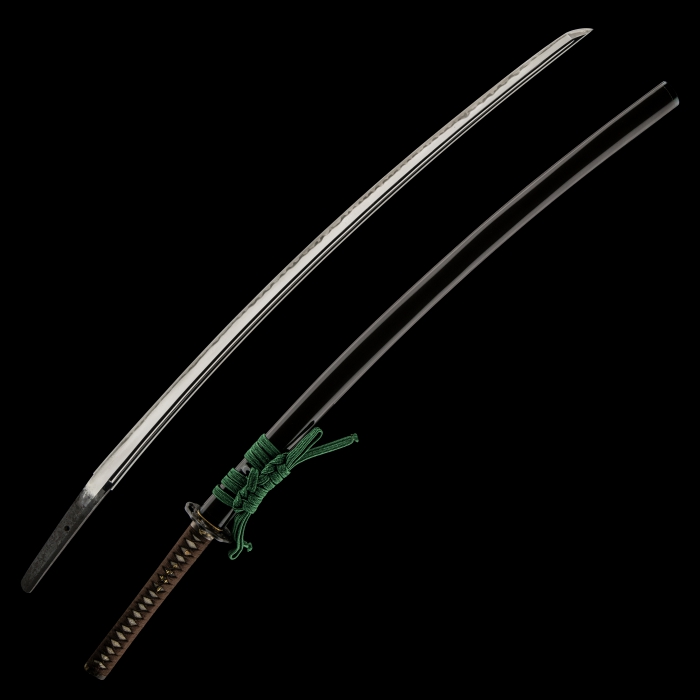
The Yawarakai-Te Masamune sheath, handle, and blade
| Name | Yawarakai-Te Masamune |
| Nickname | “tender hands” or “the soft way” |
| Creator | Goro Nyudo Masamune, 1326 |
| Type | Katana, 78.7 cm |
| Dimensions Length Curvature | 78.7 cm (29.3 inches) 2.4 cm |
Nihonto (blade)
| Nihonto type | tachi |
| Steel | soshu kitai (seven layer steel) with meteorite iron mixed in (giving it the distinctive blue hue) |
| Nihonto Suguta (blade shape) | shinogi (curved with defined kissaki (tip) from the Kamakura Period) |
| Bo-Hi (groove) | full length |
| Overall Hada (grain) | mokume (wood burl pattern), with chikei (dark lines), kinsuji (lightning shaped lines of nie) and nie (crystals of martensite embedded in a pearlite matrix) |
| Hamon (tempered edge) | notare (slow undulations) with togari (pointed) with ashi hataraki (streaks) |
| Mune (back) | maru (rounded) |
| Kissaki (point) | ō (medium) |
| Boshi (tempered point) | yakizume (no turn-back) |
| Nakago (tang) | uba (uncut/full) with futsu data (wide with slight curve) and haagari (asymmetrical rounded tip) |
| Yasurime (tang file marks) | katte-kesho (right-handed, three-tiered layered) |
Tsuka (handle)
| Habaki (blade collar) | brass with matsu (pine) theme |
| Seppa (washers) | brass with matsu (pine) theme |
| Tsuba (guard) | steel with matsu (pine) theme |
| Fuchi (collar) | brass with matsu (pine) theme |
| Mekugi (peg) | susudake (aged and smoked bamboo) |
| Samé (hilt cover) | ray skin |
| Ito (wrap) | brown silk |
| Menace (ornament) | brass with matsu (pine) theme |
| Kashia (buttcap) | steel with matsu (pine) theme |
Saya (scabbard)
| Material | honoki wood with buffalo horn reinforcement and cashew lacquer (black) |
| Koiguchi (mouth) | buffalo horn with matsu (pine) theme |
| Kuri-kata (knob) | brass with matsu (pine) theme |
| Sageo (cord) | green silk |
| Shito-dome (ornament) | brass with matsu (pine) theme |
| Kogatana (utility knife) | steel with a pine-pattern kozuka (handle) |
| Kojiri (end cap) | buffalo horn with matsu (pine) theme |
